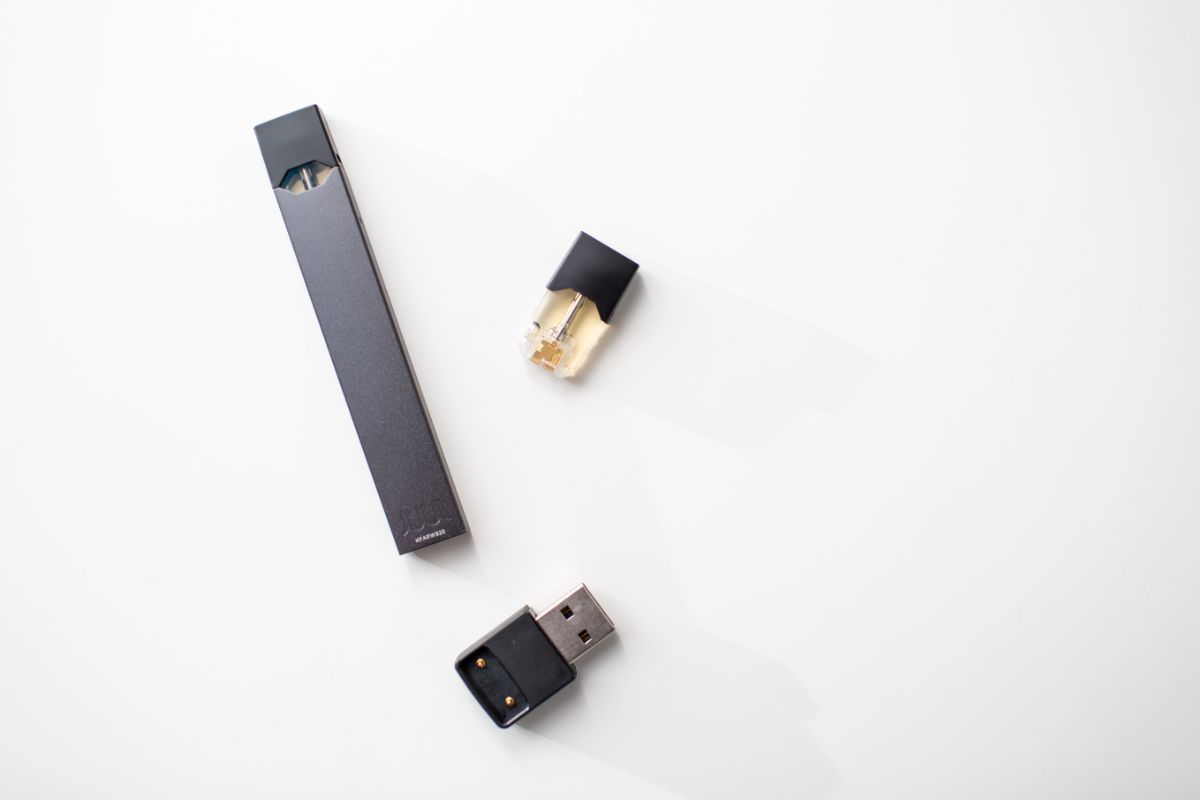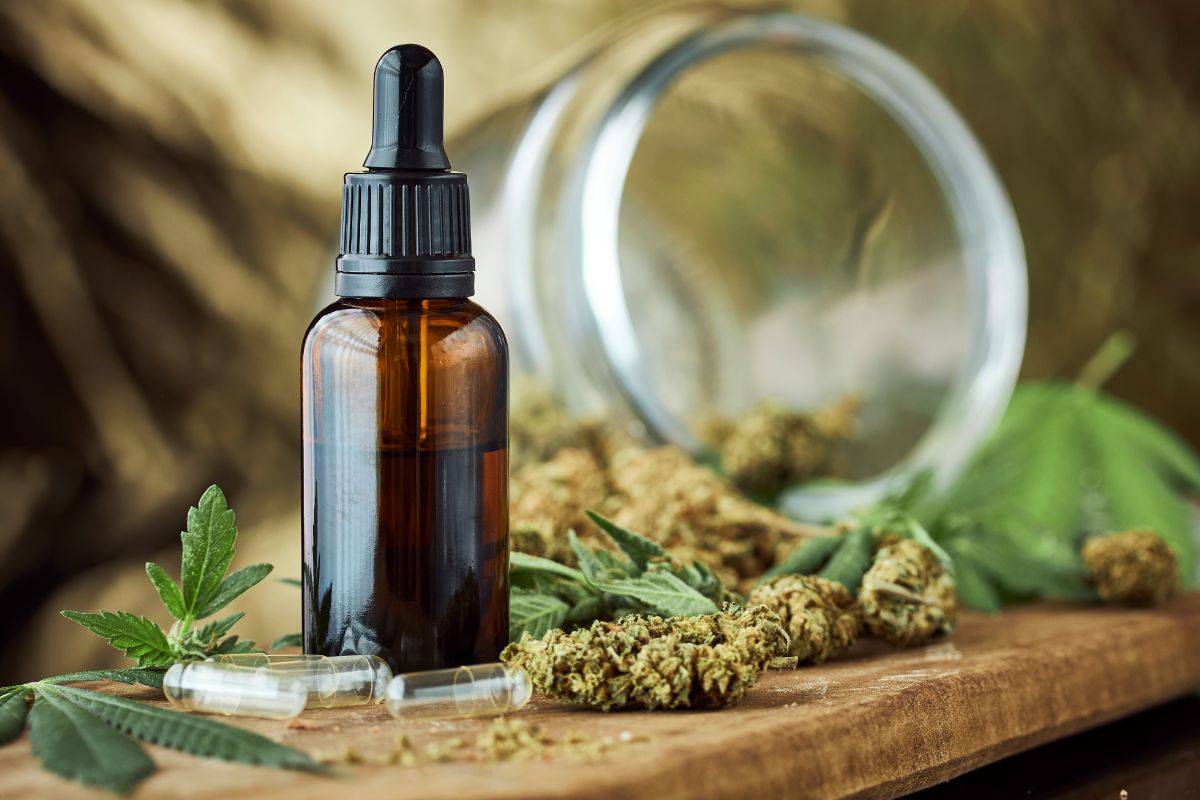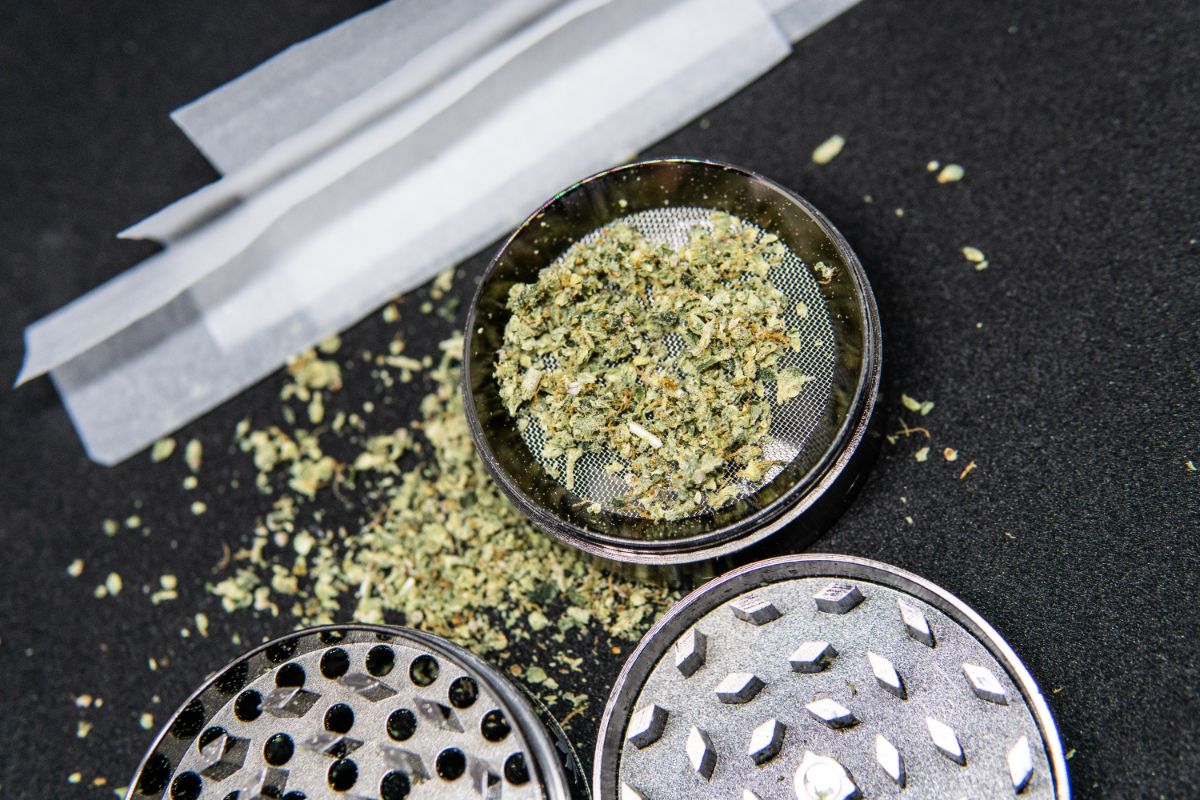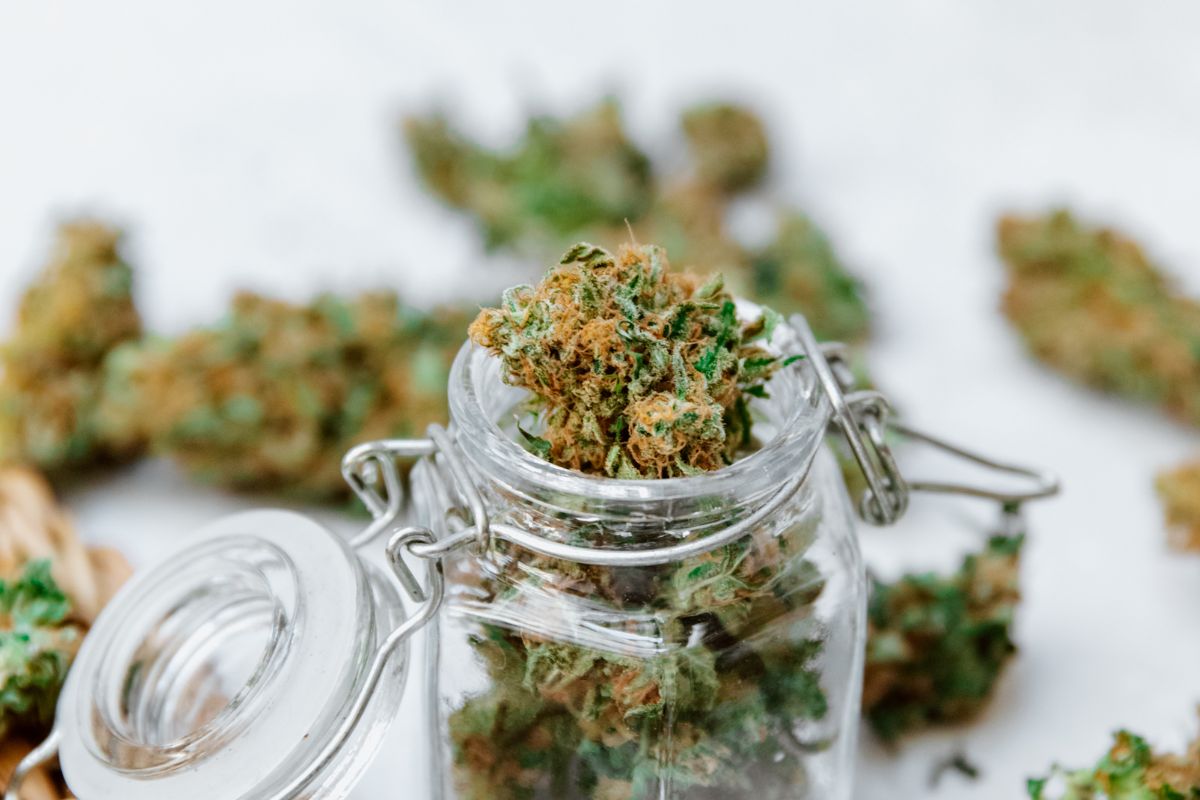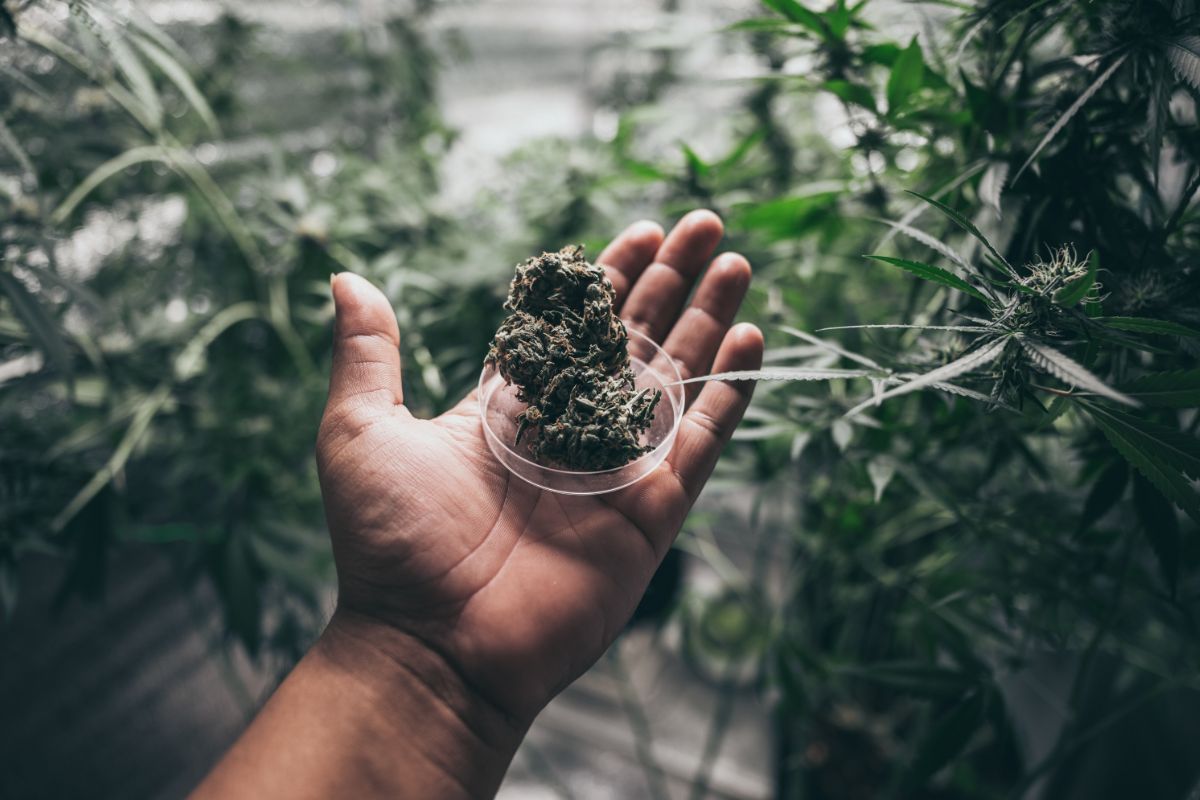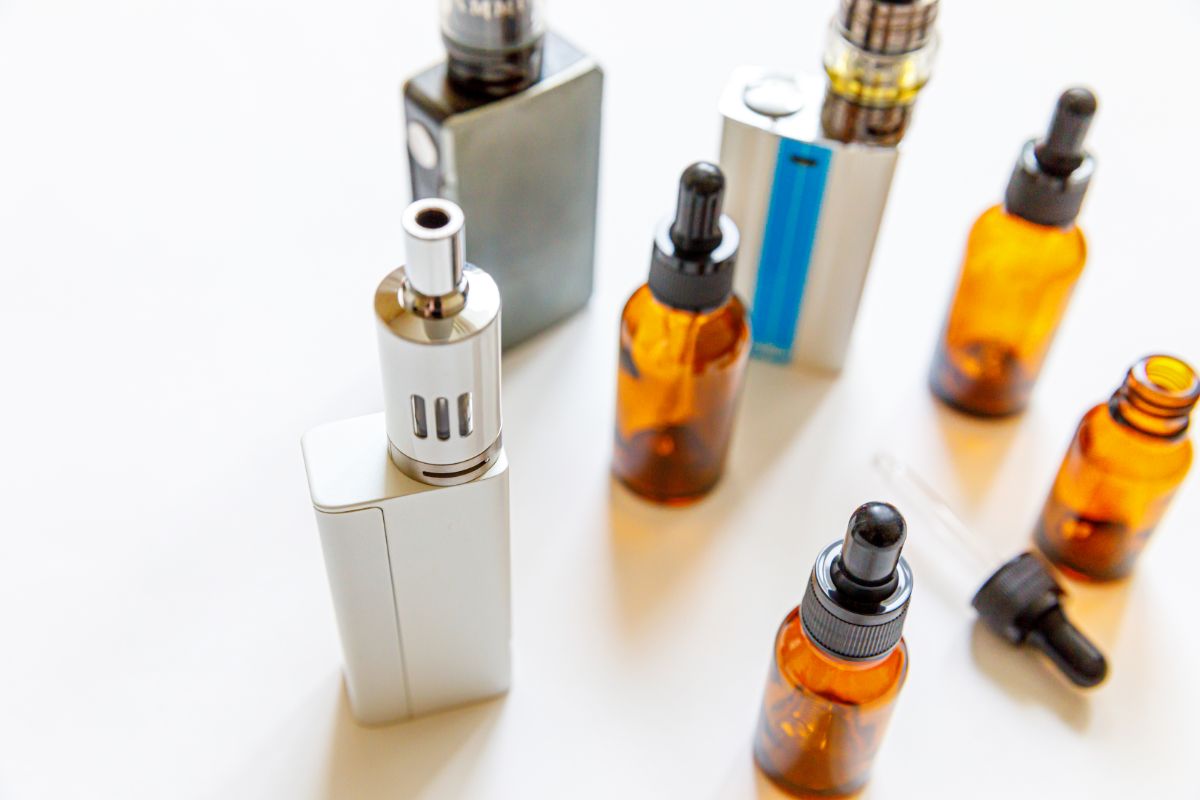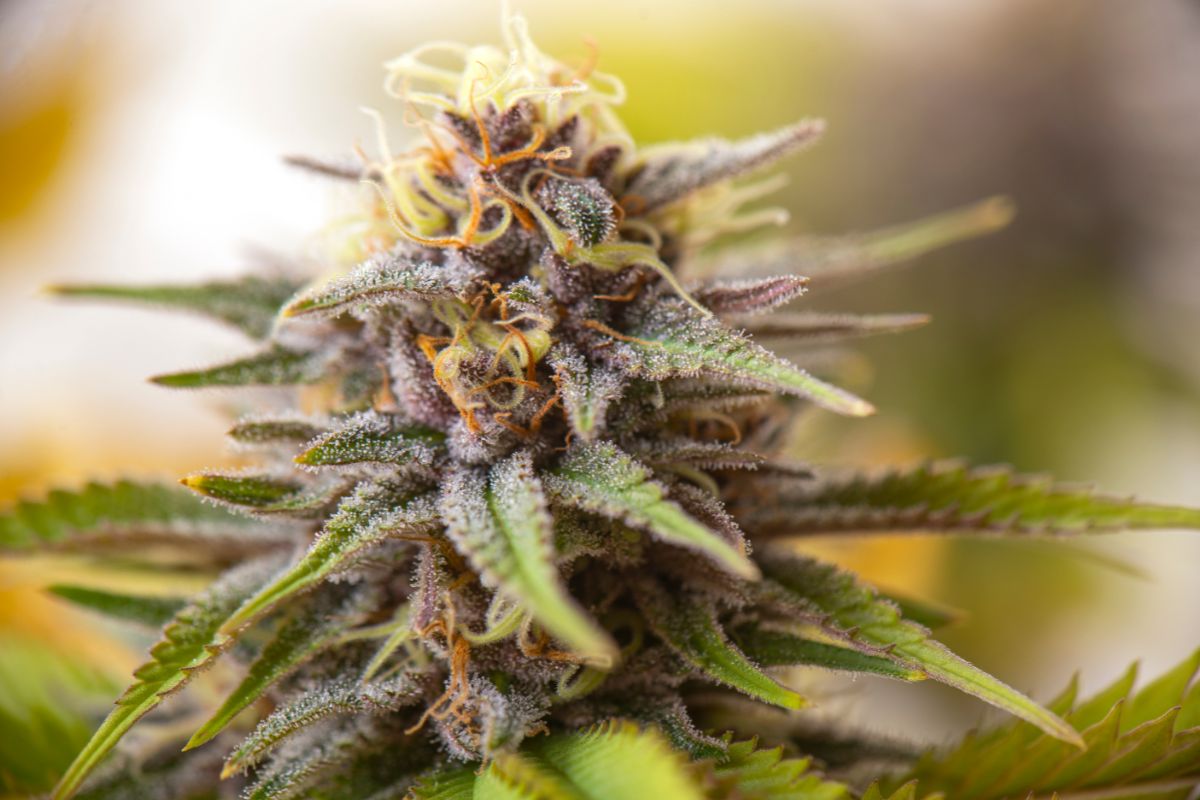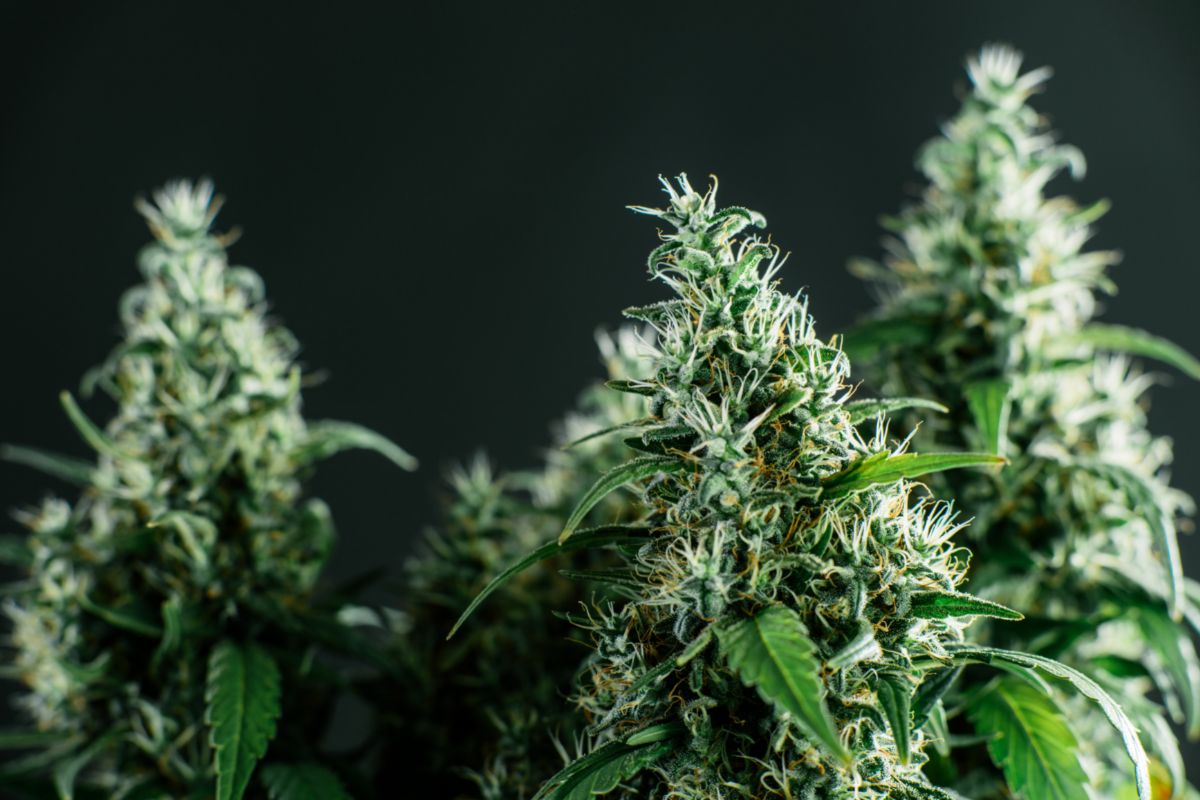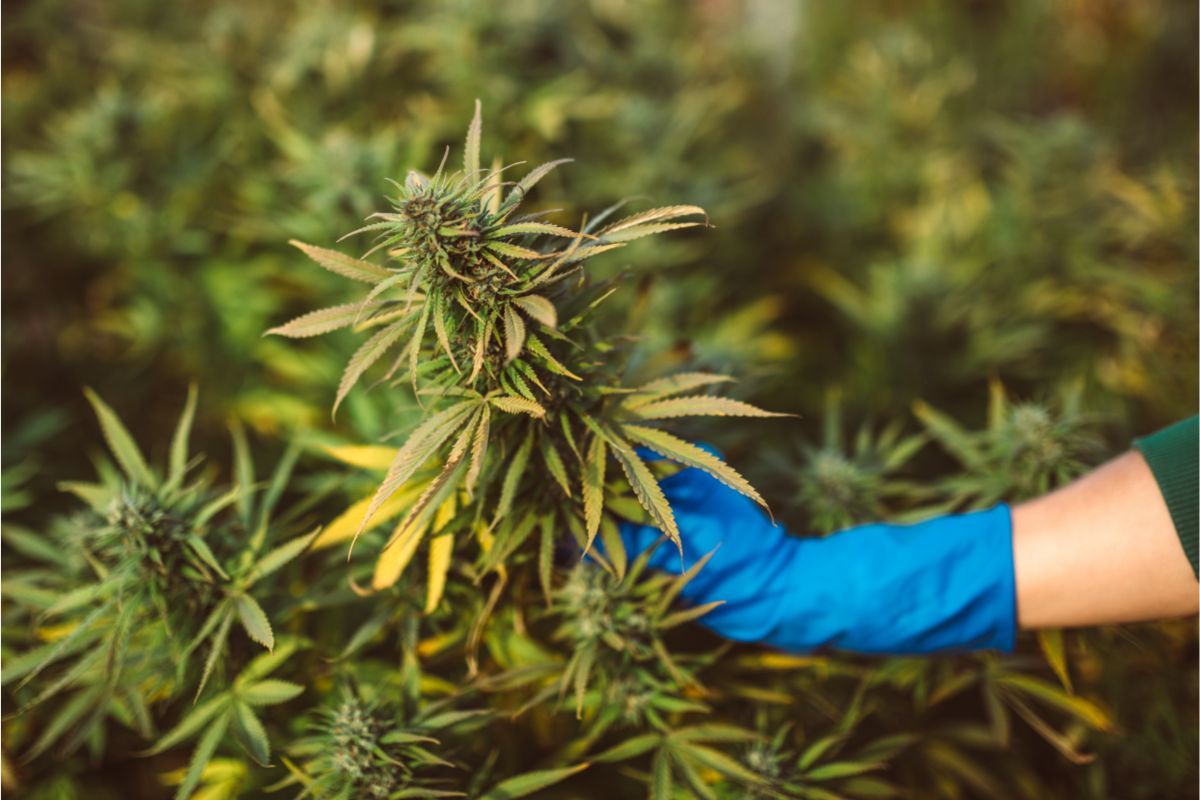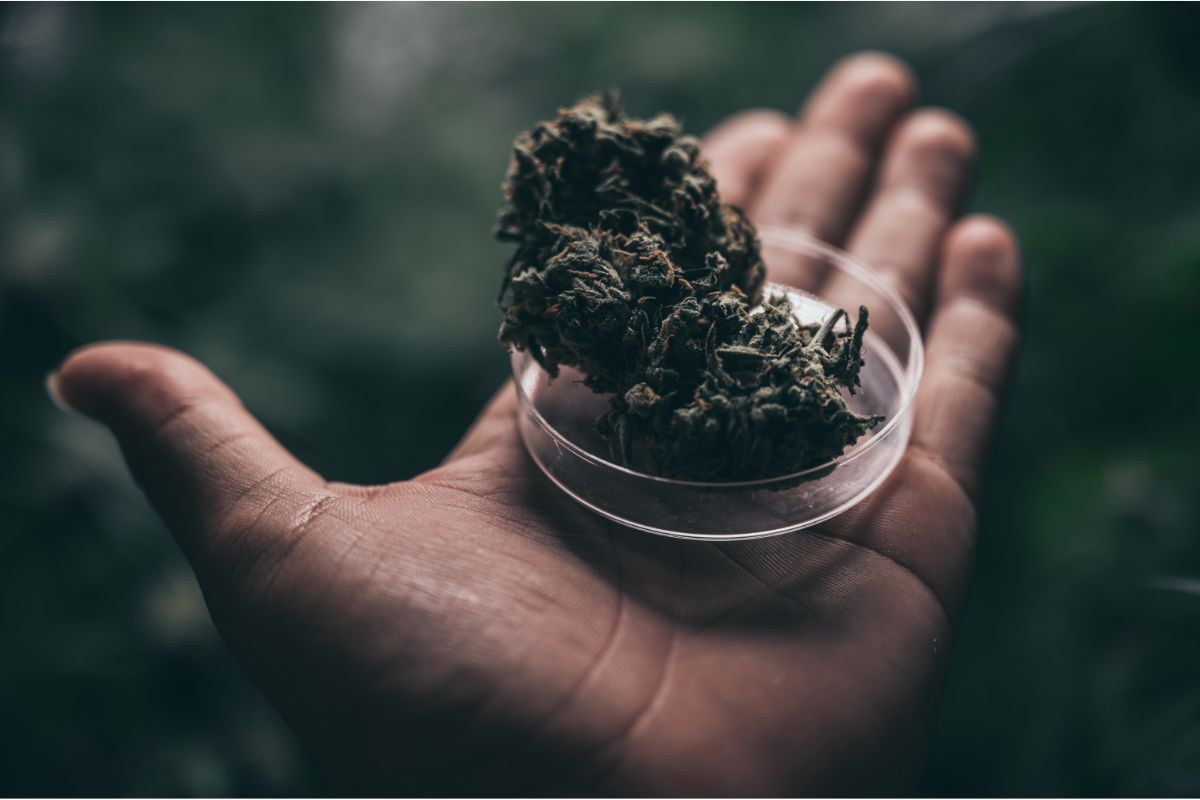Using cannabis is a little bit like taking a journey. Most of the time, there’s one destination, but there’s a plethora of routes that lead to this same place, and the route you choose can have a dramatic effect on how you feel when you finally arrive.
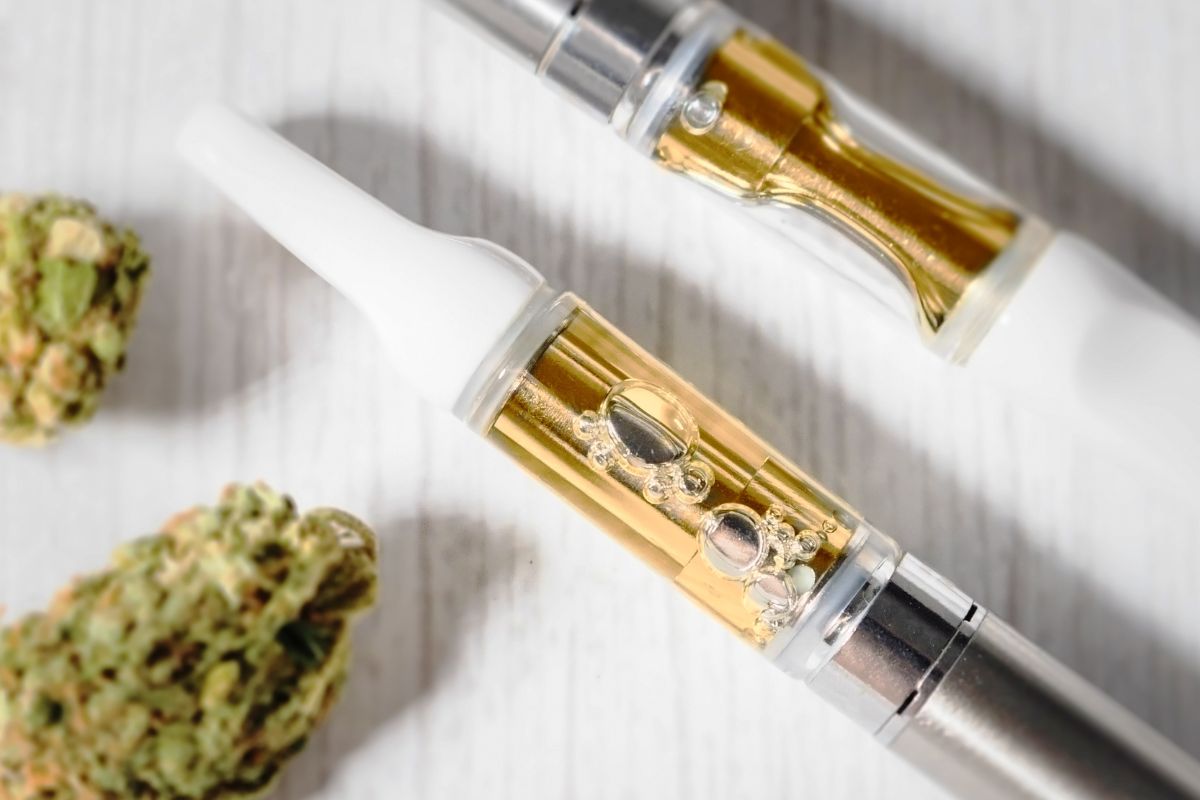
Many people (both users and non-users alike) underestimate the significance of delivery and consumption methods of weed, but in many ways, it’s important to be just as discerning in regard to the way you invite cannabis into your body as it is when choosing your strain.
So, in order to optimize your relationship with bud in its many forms, I’m going to be taking you through a comprehensive guide to weed consumption and delivery. Stick with me and you’ll be happier with your relationship with marijuana than ever!
Inhalation
The old-school method of using cannabis, inhalation involves breathing your weed, which is only possible via immolation or vaporization. Inhalation has a number of benefits.
For one, it has a very short onset, so if you’re looking for relief from your current state in record time, it’s a very good consumption method.
In light of this, inhalation is often the consumption method of choice for medicinal applications such as treating anxiety (see also “Is Sativa Better For Anxiety Or Indica?“), acute pain, insomnia, and lack of appetite. There are, however, some downsides to consider too.
Inhaling cannabis can be a struggle at first, even for those with zero respiratory issues, but those with breathing difficulties such as Asthma are particularly prone to discomfort when using this consumption method.
That said, you don’t need to have a chronic breathing problem for complications to arise from inhalation.
On average, users that inhale their cannabis are more prone to respiratory infections, bronchitis, throat cancer, and cancer of the respiratory tract, but choosing the right delivery method can reduce the chances of these potentialities significantly.
How Does Inhalation Work?
Inhalation welcomes cannabis into your bloodstream directly through the lungs just as oxygen does.
Your blood then ferries the cannabis around your body, and most importantly, to your brain where CBD can filter through channels to indirectly impact your CB1 and CB2 receptors, and THC can bind directly to said receptors.
Smoking
As I’m sure you’re aware, to smoke weed, you’ll need a few different items:
- Dried flowers from a cannabis plant
- Fire (a lighter or lighting wick is the cleanest way to burn cannabis)
- A vessel
First, you’ll place the bud into your vessel of choice. Next, apply fire to the weed whilst sucking on the other end to pull the smoke into your mouth and down into your lungs.
When it comes to picking a vessel, you have plenty of options:
- Joints
- Blunts
- Pipes
- Bongs
Pros & Cons Of Smoking
Pros
- Fast onset — We’re talking less than a minute!
- Various options — You can experiment with a bunch of different ways of smoking cannabis, which can be quite enjoyable.
- Can be cost-effective — Rationing is really easy with physical bud.
- You get to explore the wide world of real bud — There’s something satisfying about being able to touch, smell, and examine lots of different strains of weed.
Cons
- Not great for respiratory health — As smoke contains combusted materials and is quite hot, it’s not the best for long-term use.
- Highs are short-lived — You come up quickly and you return to Earth comparatively quickly too.
- Not a good option for those with pre-existing respiratory conditions — Smoking places a lot of stress on the throat and lungs.
- Can feel uncomfortable at first — If you’re new to cannabis, it’s going to take a while before you become accustomed to the feeling of smoking.
- May end up smoking tobacco — Tobacco is brimming with toxins.
Vaping
Vaping is the hip new way to go about inhaling weed, and it’s a far cleaner, safer, and more practical option than smoking, so I highly recommend at least giving it a go — I’m sure you’ll find it to be a far superior delivery method on almost all fronts.
To vape, you’ll need a vaporizer and cartridge containing the cannabis product. The cart is linked to an atomizer and a battery (see also “How Long Do Carts Last?“).
When you push the button on your vape pen, the battery delivers power to the atomizer, which is essentially a heating element set to boost the temperature of the vape juice to just below its combustion point, thus vaporizing the liquid.
While this is happening, the user puffs on a mouthpiece to draw the vapor into their mouths and into their lungs.
You can also use vape pens to vape dry herb, but the gentle heating means you can extract all the good stuff without any of the bad stuff. That said, not all vapes are made equal.
I’d highly recommend dodging any bargain bin pens, especially if they use an excessive amount of plastic. Stick to the reputable brands and ensure the heating element and vapor path are well away from any plastic components.
Pros & Cons Of Vaping
Pros
- Way healthier than smoking — When you vape, you’re not actually igniting your cannabis, meaning all those nasty byproducts of combustion such as tar, PAH, carbon monoxide, nitrosamines, and ammonia are nowhere to be found. In other words, when you vape, you’re all but eliminating the chance of ever falling ill due to your cannabis use.
Any form of inhaling cannabis is going to be harder on the lungs than other consumption methods, but vaping is by far the best way to do so where health is concerned.
- Temperature control — With comprehensive control over temperature, you can customize the feel of your high.
- Dry herb efficiency — Unlike smoking, when you vape dry herb, the result isn’t a pile of ashes. The bud is still there, and you can either re-vape for extra hits, or you can recycle it to make tea or edibles.
- Less clutter — Vaping is decidedly less cumbersome than smoking in terms of the gear you need.
- No open flame necessary — No fire makes for a safer smoke, and, on top of that, you’ll never get caught out without a lighter.
- Discrete — If you want to take your high-tech on the road, vaping has the distinct advantage of being far more discreet than smoking. Not only does a vape pen not draw the eye like a joint or a bong, it doesn’t draw the nose either. Scents are far more low-key while vaping, meaning you can often fly high under the radar — Hooray!
- More flavorful — As vapes don’t burn cannabis, you can taste it more, meaning you can appreciate your weed on another level. If you fancy yourself a weed buff, then you’ll love tasting all the terpenes and cannabinoid accents of your favorite strains.
Cons
- General maintenance — Unlike smoking apparatus, you’ll have to maintain your vape gear to optimize your puffs.
- Cleaner high — I’d consider this a pro, but those more accustomed to smoking their bud may not appreciate the difference in high.
- Upfront costs — The expense of acquiring a quality vape can be off-putting, but you’d spend just as much, if not more, on a large glass bong.
Nasal Absorption

Marijuana nasal sprays are a relatively new way to get high, and although it’s an exceedingly different experience to smoking or vaping, it technically still falls into the inhalation category.
Anyone who’s ever used nasal sprays will know it’s not the most comfortable of experiences, but it’s discrete, scentless, fast-acting, and seems to have some pretty fantastic medicinal qualities, particularly where epilepsy is concerned.
When we sniff any sort of drug, it passes into our bloodstream via our nasal membrane. You’ll feel the effects within 5 to 10 minutes, but the highs are likely to be less intense than those experienced using alternative delivery methods.
Pros & Cons Of Nasal Spray
Pros
- Medicinal qualities — Weed nasal spray is allegedly great for reducing the chance of epileptic seizures.
- Discreet — No one’s gonna suspect you’re getting high when you bust out the nasal spray!
- Fast-acting — You’ll feel the warmth of your high begin quite quickly, which is fantastic for both recreational and medical applications.
Cons
- Potency — Nasal absorption isn’t the best for potency.
Ingestion
Ingestion involves eating your cannabis, which sounds like a strange way to do it, but there are certainly reasons why someone might give it a go.
For example, edibles provide a much longer and potentially stronger high than inhaling cannabis, but therein lies a problem… getting the right dose.
As the cannabis has to travel further to reach your bloodstream when eaten, onset can take anywhere between 45 minutes and 2 hours depending on the user’s metabolism, body size, and tolerance, which can cause people to eat too little or far too much cannabis.
How Does Ingestion Work
When you eat your cannabis products, they pass into your digestive tract which breaks the cannabinoids down and funnels them to the liver, after which, they finally reach the bloodstream.
It’s a lengthy process, but as the cannabinoids are broken down into digestible chunks, they can traverse the blood-brain barrier with relative ease, leading to enhanced potency.
Edibles/Food
Pot brownies are undoubtedly the first thing that comes to mind when thinking of edibles, but technically, any food item infused with marijuana should be considered an edible.
Baked goods are a common choice for the marijuana makeover, but anything from candies to lozenges to chocolates can be effective and oh-so-delicious.
Edibles/Food Pros & Cons
Pros
- Encourages creativity — One of the best things about edibles is that you can let your imagination run wild in the kitchen.
- Potency — That easy trip through the blood-brain barrier makes for a more powerful high.
- Tasty — You can enjoy the flavor of your food as well as the eventual high.
Cons
- Long onset — You’ll be waiting a while before you start feeling the effects of your edibles.
- Unknown potency — With such a long onset and powerful high, it can be tricky ingesting the right amount of edibles, especially if they’re homemade.
Beverages/Tinctures
Beverages are edibles’ liquid counterparts. Infuse your refreshments with cannabis and you’re in for a rootin’ tootin’ good time, but you must imbibe them responsibly, especially if mixing cannabis with alcohol, as is the case with tinctures.
Tinctures are simply cannabis-infused alcohols typically held in small glass or plastic bottles.
You’ll imbibe these tinctures drop by drop via, you’ve guessed it… a dropper, meaning you can be very specific with your dosage, but, much like edibles, the onset is quite long, so you have to be patient to get things just right.
Beverages/Tinctures Pros & Cons
Pros
- Discrete — Tinctures typically have no strong weed smells and imbibing via dropper doesn’t attract the same kind of attention as smoking or vaping.
- Flavor experimentation — As a pungent flavor, you can make new, exciting combinations with your beverages.
- Healthy — Cannabis beverages don’t put any stress on the lungs and cut out the calorific element associated with edibles.
Cons
- Long onset — Can be helpful but if you’re looking for a quick high, it’s definitely a con.
- Easy to overdo it — Beverages go down easy, so it’s very easy to go overboard with cannabis drinks.
Gummies
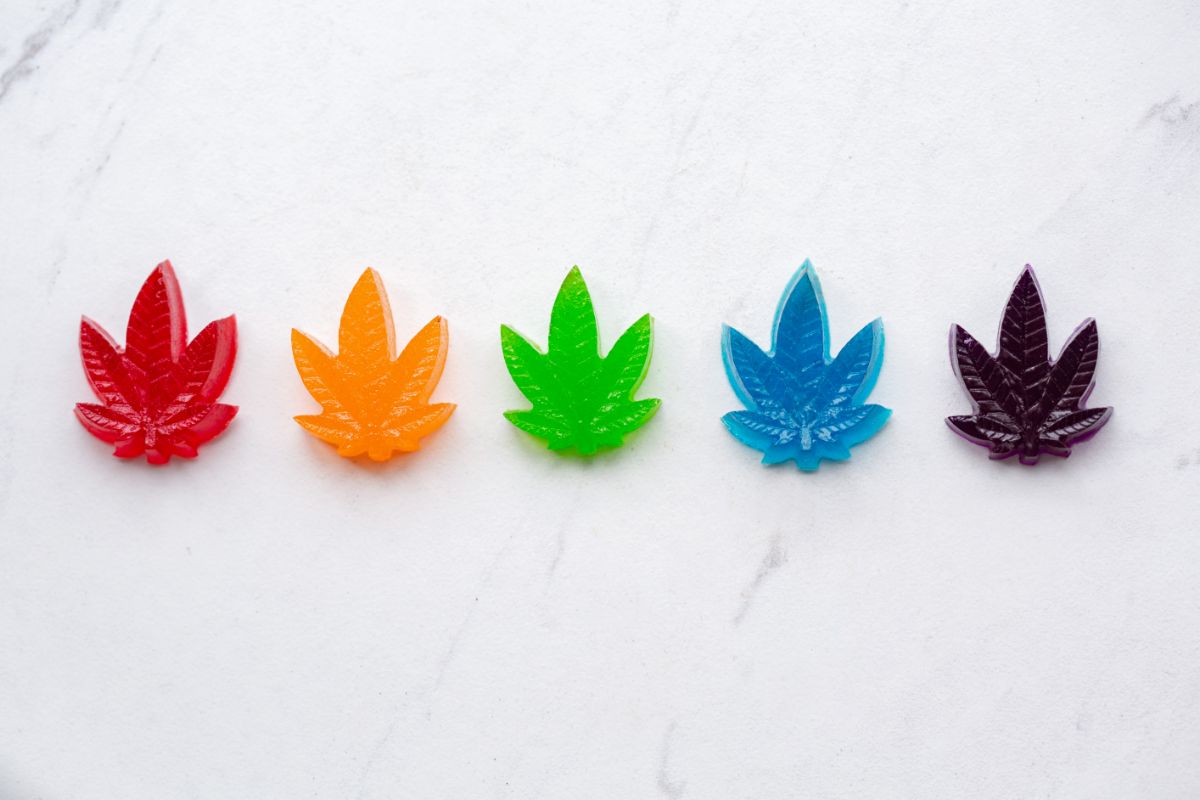
Gummies are one of the most popular types of edibles, so I thought I’d dedicate a section to them.
As the name suggests, they typically take the form of gummy sweets like those colorful little teddy bears you used to eat in vast quantities as a child, but the term has recently broadened to refer to cannabis candies in general.
They offer a very pleasant way to use cannabis, and unlike the various other homemade or store-bought edibles around at the moment, they allow you to measure dosage remarkably well.
Unfortunately, though, you’ll still be waiting a long time for them to kick in, but if you prefer a gentle rise, this is exactly what you’ll need.
Gummies Pros & Cons
Pros
- Delicious — Can be combined with tons of different flavors.
- Measurable Dose — As each gummy has an exact cannabinoid content, you can easily keep track of your dosage.
- Discrete — Nobody’s going to look at you funny when you break out a gummy bear.
Cons
- Slow-acting — As is the case with pretty much any edible, you have to be patient when using gummies.
Oral/Gastric Absorption
Oral or gastric absorption is the quickest consumption method outside the inhalation category, as cannabinoids don’t have to make it to your liver before reaching your bloodstream.
How Does Oral/Gastric Absorption Work?
The stomach and intestines are perfectly capable of absorbing nutrients — It’s kind of what they do. And as for oral absorption, did you know that there are three areas of the mouth receptive to cannabinoid absorption?
These are beneath the tongue, on the tongue, and any mucosa tissue, but there’s a catch… while the stomach and mouth can absorb cannabinoids, they can’t do it all that well, unless that is, you’re using nano-THC cannabis products. Allow me to elaborate…
Nanos
The term nano in this context refers to any cannabis product composed using specialized nanotechnology built in adherence to the concept of enhanced bioavailability.
For the uninitiated, bioavailability is a measure of how easily a substance can be absorbed into the body, and when it comes to cannabinoids, the smaller you can get these groups of molecules, the easier it is for the body to process them, and thus, you can get very high with very little product.
The way this shrinking process is achieved is by emulsifying typically immiscible substances using a surfactant as a moderator that binds the two liquids together.
During this process, cannabinoids are separated out into microscopic particles called liposomes that dissolve in both water and fat, enabling parts of the body that wouldn’t normally be capable of absorbing cannabinoids to do so — Amazing, right?
So, what are these newly relevant parts of the body? Well, as we’re in the oral/gastric section of this guide, you’ve probably guessed that the answer to this question is both the mouth and the stomach.
Unlike traditional edibles, nano-THC products are extremely fast-acting as the cannabinoids don’t have to make it to your liver before reaching your bloodstream.
Nano-technology is often used on gummies, lozenges, mints, breath strips, sodas, lotions, and even tablets!
Pros
- Fast-acting — You can count on things like nano gummies to get you feeling buzzed in as little as 10 minutes.
- Potent — With enhanced bioavailability, it’ll take fewer nano products than traditional edibles to get you high.
Cons
- Easy to overdo it — These things are strong, so it’s important to take it easy until you get used to them.
Dermal Absorption
Dermal absorption means that something is absorbed through the pores in our skin, so we’re talking about any topical product infused with weed, i.e. lotions, creams, soaps, balms, salves, or patches.
As they only interact with receptors beneath the skin, topical cannabis products don’t get you high, as they don’t reach your bloodstream, but certain transdermal patches are an exception to the rule.
Pros & Cons Of Topical Products
Pros
- Beneficial to skin health — Topical cannabis products are fantastic pain relievers.
- Very little stigma — You could be pretty open about your use of topical marijuana products and nobody would look at you any differently.
Cons
- No high — If you’re looking to get your buzz on, you’ll have to revisit one of the consumption methods detailed above.
Final Thoughts
There you have it — You are now officially a weed consumption and delivery expert. Use your new-found knowledge to forge a healthier relationship with cannabis, and ultimately, live a happier, more magical life.
Of all the options discussed here today, vaping offers the most benefits, as it’s safe, sophisticated, and makes up a booming market, but nanos certainly have a lot of potential. It’ll be interesting to see how this side of the market evolves moving forward.
- Avida CBD Review - January 16, 2023
- Hybrid Strains: A Comprehensive Breakdown - January 16, 2023
- Blueberry Cookies Strain – Everything You Need To Know - January 16, 2023

